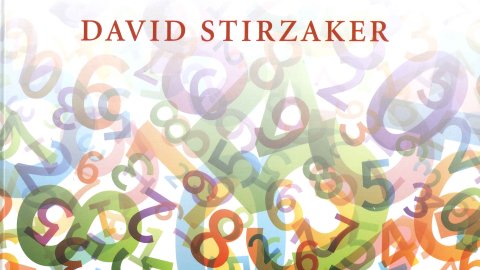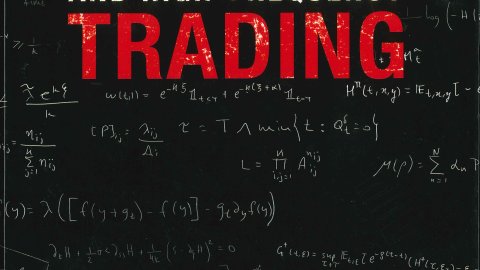Energy Gaps and Casimir Energies in Holographic CFTs
Abstract
Two interesting properties of static curved space QFTs are Casimir Energies, and the Energy Gaps of fluctuations. We investigate what AdS/CFT has to say about these properties by examining holographic CFTs defined on curved but static spatially closed spacetimes. Being holographic, these CFTs have a dual gravitational description under Gauge/Gravity duality, and these properties of the CFT are reflected in the geometry of the dual bulk. We can turn this on its head and ask, what does the existence of the gravitational bulk dual imply about these properties of the CFTs? In this talk we will consider holographic CFTs where the dual vacuum state is described by pure Einstein gravity with negative cosmological constant. We will argue using the bulk geometry first, that if the CFT spacetime's spatial scalar curvature is positive there is a lower bound on the gap for scalar fluctuations, controlled by the minimum value of the boundary Ricci scalar. In fact, we will show that it is precisely the same bound as is satisfied by free scalar CFTs, suggesting that this bound might be something that applies more generally than just in a Holographic context. We will then show, in the case of 2+1 dimensional CFTs, that the Casimir energy is non-positive, and is in fact negative unless the CFT's scalar curvature is constant. In this case, there is no restriction on the boundary scalar curvature, and we can even allow singularities in the bulk, so long as they are 'good' singularities. If time permits, we will also describe some new results about the Hawking-Page transition in this context.
Crystallization Results for Optimal Location Problems
Abstract
While it is believed that many particle systems have periodic ground states, there are few rigorous crystallization results in two and more dimensions. In this talk I will show how results by the Hungarian geometer László Fejes Tóth can be used to prove that an idealised block copolymer energy is minimised by the triangular lattice. I will also discuss a numerical method for a broader class of optimal location problems and some conjectures about minimisers in three dimensions. This is joint work with Mark Peletier, Steven Roper and Florian Theil.
Geometric integrators in optimal control theory
Abstract
Towards a Worldsheet Description of N=8 Supergravity
Abstract
I will describe recent progress in describing 4-dimensional N = 8 supergravity using the framework of ambitwistor string theory.



